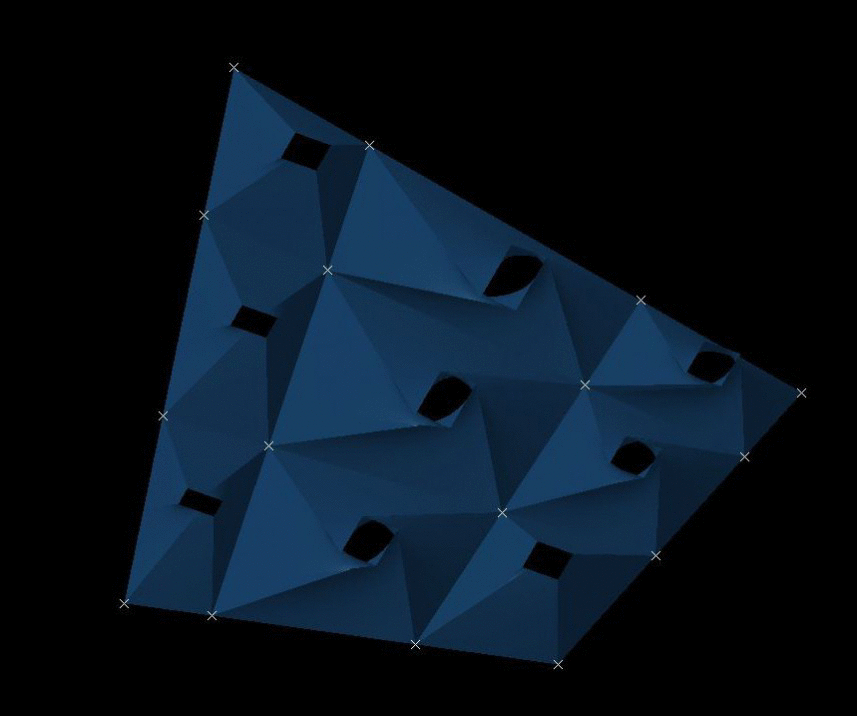This post is another attempt to solve and create a powercopy (smart cell). The first post on powercopies was posted on the 18th of October (http://dtbyemad.blogspot.com/2013/10/powercopy.html). After continuos struggle with the cell's geometry and the software's logic the powercopy finally started working. At the start the cell did not respond to any of the given parameters or constrains, and did not duplicate. The problem that was causing these issues were related to the cell's geometry; it required additional information to perform. After this problem was resolved, the powercopy started taking its place on the framework, but the parameters that controlled it's hight and other geometrical configuration did not work. So, I had to revisit the sketches and trace the problem. Nothing obvious appeared to be causing any the problem, the only guess will be the parameters. The parameters were not copied during the duplication of the cells, that was one of the reasons that the cells seemed static and did not respond to the framework's changes. So I had to create a local parameter within the geometrical set of the first cell. The final result turned out fine, but some issues with the filled surface appeared, but those were solved through some modification with the closing points.
Image 1: the powercopies.
Image 2: shows some of the issues related to geometry and constraints.
Image 3: shows how the constraints were solved, and the parameters used to solve the problems with geometry.
Image 4: shows the powercopy, after solving its geometrical issues.
Image 5: the powercopy and the duplicated cells on the framework.
Image 6: shows the powercopies response to the frameworks change in both the X and Y axis.







Comments
Post a Comment